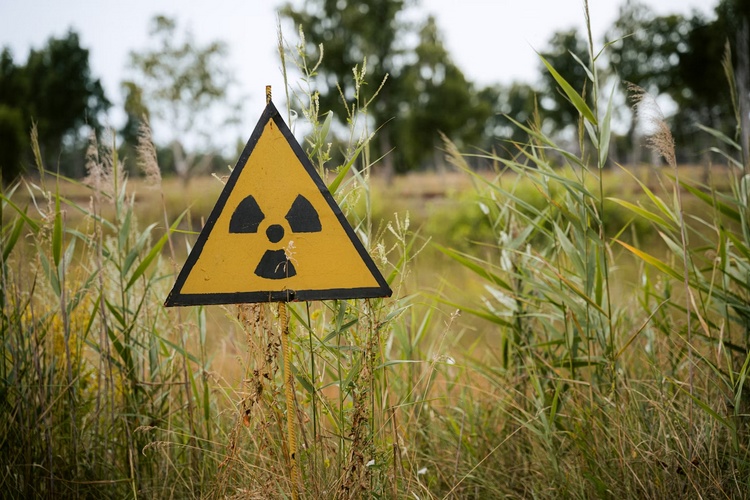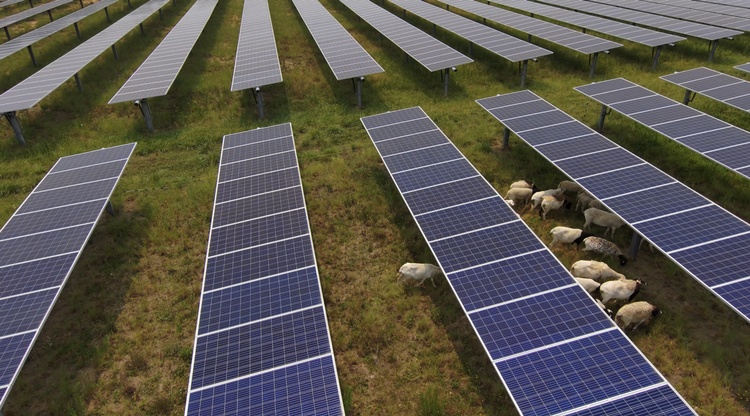April 11 NEC Energy News
¶ “Nuclear Energy ‘Now An Obstacle To Delivering Net Zero’ – Greenpeace” • Nuclear energy provides about 25% of the world’s low-carbon electricity. However, Greenpeace director of policy Doug Parr said, “Nuclear power can’t bridge the gap between anything and anything. It is too slow. It is too expensive. It is a massive distraction.” [Energy Monitor]

¶ “Coalition Nuclear Plan Would Force Consumers To Wait 20 Years Longer And Have 30% Higher Electricity Bills” • Australia’s Coalition is making unproven assertions that ‘zero emissions’ electricity can be provided more cheaply and reliably by nuclear than renewable energy. Here, we examine the weighted average levelized costs of energy. [RenewEconomy]
¶ “Replacing Wires Could Double How Much Electricity The US Grid Can Handle” • Everyone seems to agree the US electrical grid will need modernizing as the demand for electric power increases. There are new technologies available that may allow the existing grid to carry more electricity without all those messy policy hurdles to jump over. [CleanTechnica]
¶ “Virginia Governor Signs Legislation Establishing Community Solar” • Governor Glenn Youngkin signed legislation that creates a community solar program in Virginia enabling up to 200 MW of shared power projects between the two major utilities that serve the state. Virginia targets 30% renewable energy by 2030, and 100% by 2050. [pv magazine USA]

¶ “Avangrid Broke Ground On Its First Solar Farm In California” • Avangrid is one of the largest clean energy operators in the US, with 8.7 GW of installed renewables capacity in the country. Now, it is building its first solar farm in California, the 57-MW Camino Solar Project in Kern County. The company already has six wind farms in the state. [Electrek]
¶ “Solar And Wind Power Is Surging In The Mountain West, But There’s Plenty Of Room To Grow, Study Finds” • Nationwide, wind turbines and solar panels generated more than 600,000 GWh of electricity in 2023, which is enough to power more than 61 million average American homes, according to research group Climate Central. [KSUT Public Radio]
For more news, please visit geoharvey – Daily News about Energy and Climate Change.
